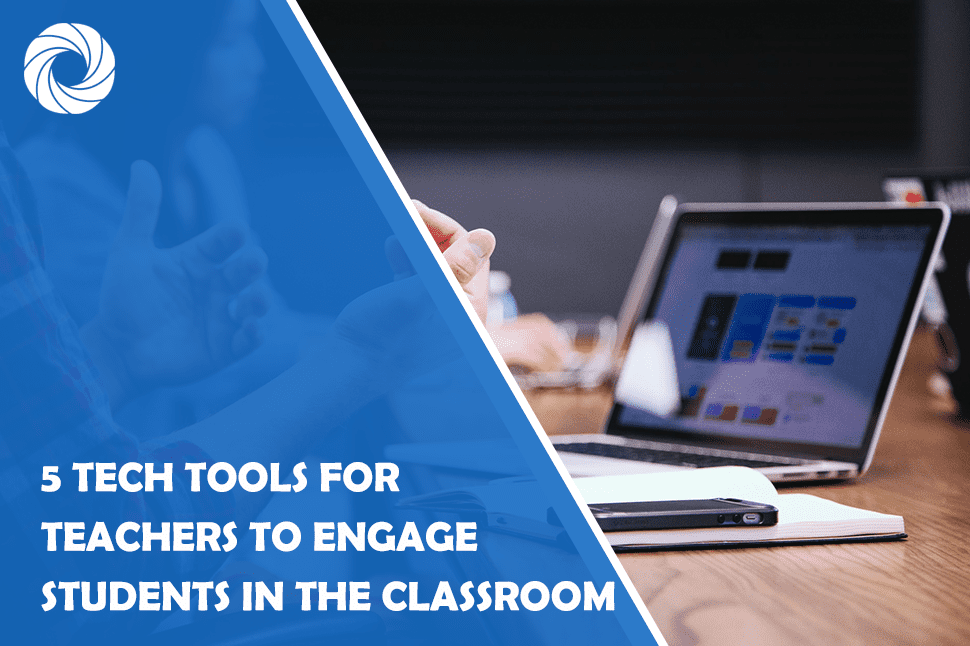Our interactions with digital content are expanding in different aspects of our lives. Digital media enhances language learning, whether through home zoom sessions, playing, or reading blogs. Learning environments simply shift. We all realized, at least during the epidemic, that we couldn't live without the Internet. Learning through observation, conversation, and reading has always existed and is thus not a new form of learning. The possibilities for contextual learning are nearly limitless, thanks to the vast amount of content available on the Internet. As a result, we can now study at any time and from any location.
This, however, entails accountability. That is the obligation to avoid superficialities while recognizing and remembering important information. Teaching can take many forms, including face-to-face instruction, online instruction, and combined (hybrid) instruction. Digital content is used to broaden the scope of learning. Such content supplements the teaching and allows for additional informal learning.
These tools can be used both inside and outside of the classroom to make learning more enjoyable and engaging. However, with so many options available, determining which ones are the best can be difficult. If you're looking for ways to improve your learning, here are 5 resources to consider.
1. Kahoot!
Kahoot! is a simple and user-friendly web application for creating and playing quizzes. This interactive tool incorporates elements of play-based learning. It fosters a competitive spirit in students, which increases motivation, and it is appropriate for students of all ages. The teacher chooses and opens the desired quiz on the computer, then displays it to the class using a projector or smart board.
Instructions for students are displayed on the screen after selecting whether to play individually or as a team. They enter the game pin, which is displayed on the large “teacher” screen, as well as their nickname, into their devices. When all of the students have joined the game, the teacher can press the “Start” button, and the game will begin.
2. Quizlet
Quizlet is a program that aids in the retention of new information. Their stated mission is to assist students in better remembering the material they have studied. It can be used to learn new words and reinforce grammatical structures through interactive exercises and flash cards. Quizlet organizes information into learning sets. It is sufficient to log in to your profile and the studio set you wish to repeat.
There is also a search option, which allows you to look through the sets of other teachers and students. All students can compete against one another, set speed records, and even exchange sets. The goal of all of this is to make learning words easy and enjoyable.
3. Coursera
Coursera is a free online educational platform that allows you to take courses and educational programs from the world's best universities. You can play some of the courses with your students. Coursera is used by millions of people worldwide, is recognized and respected, and offers courses in a variety of fields, including ICT, psychology, marketing, design, business, law, programming, and art.
As a result, you can listen to the majority of the courses for free and only pay if you want confirmation/certificate/diploma. You can also apply for financial aid or tuition to receive free certificates, certificates, or diplomas. You can listen to lectures on Coursera whenever it is convenient for you.
4. Padlet
You can begin creating your first board in Padlet. Digital whiteboards are boards where specific notes [questions, answers] as well as images and videos can be posted. Select the Make a padlet option from the menu. In addition to the options listed in the menu, you can also share your board with the rest of the community and search existing boards.
After you've finished editing the board and assigning tasks, you should share it with the students and allow them to enter answers. To allow students to enter answers, you must first enable the option to edit the board. Teachers and students will find this tool simple to use.
5. ThingLink
ThingLink is a digital tool that allows you to add multimedia and interactive content to images or videos. ThingLink is also accessible as a Google Chrome browser extension. The tool can generate both free and paid user accounts. A free educational user account provides access to a basic interface for editing images and video content, the ability to create one class/group with a maximum of 105 members, basic icons and network support, and usage instructions.
During registration, teachers are not required to enter the invite code and e-mail address of the person confirming access. After registering, the user is taken to the main interface, where he can select how to upload an image or video.
Conclusion
Learning becomes easier and more accessible as technology advances. When it comes to learning new information or preparing for exams, students and teachers now have a plethora of tools at their disposal. Check out some of the tools mentioned in this article.

